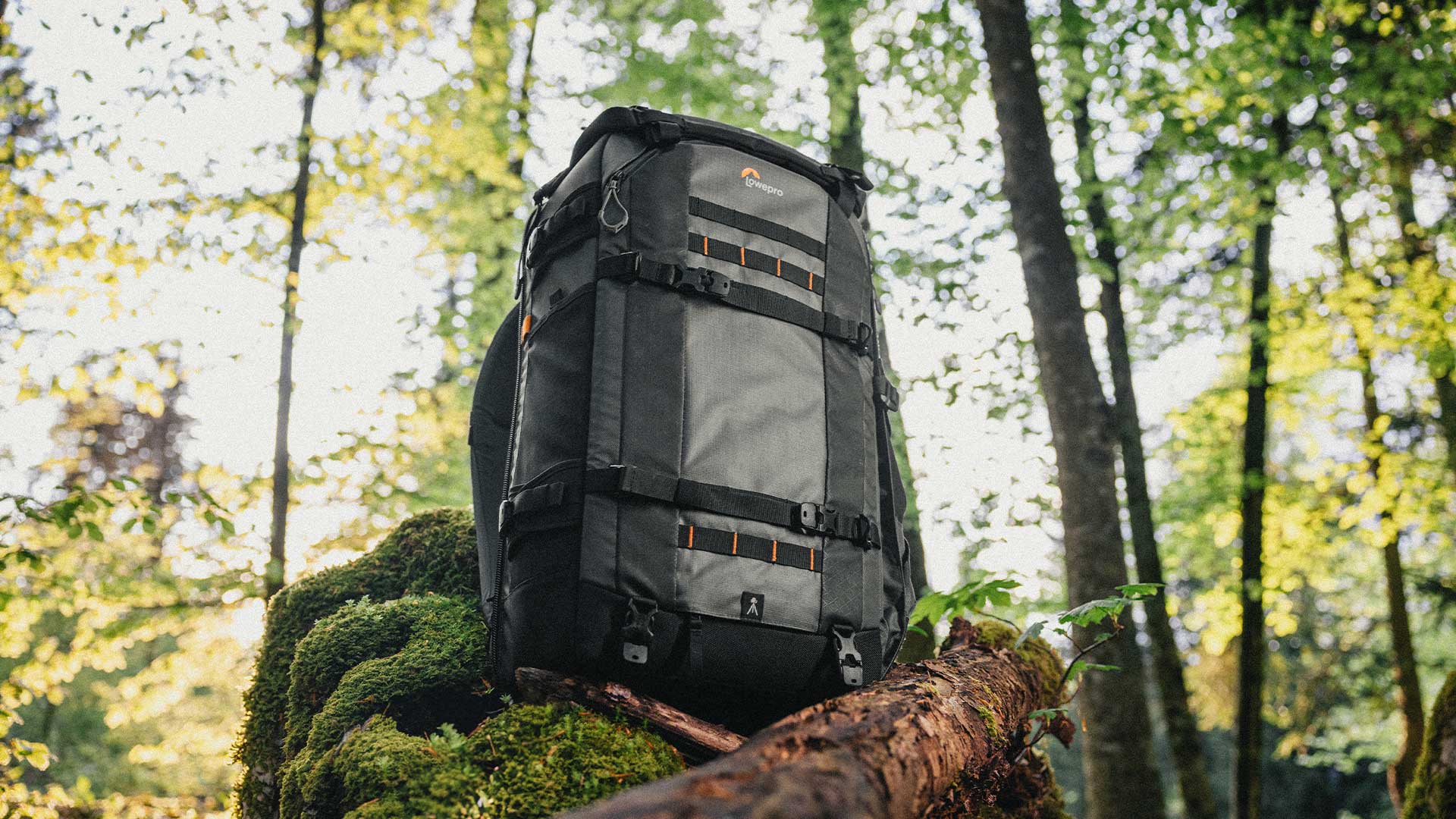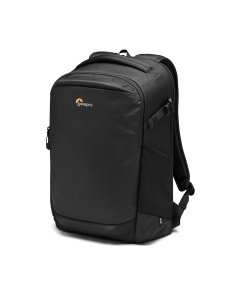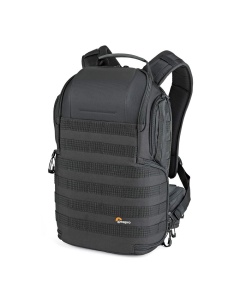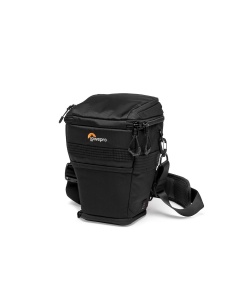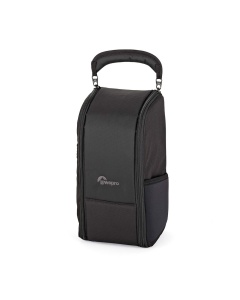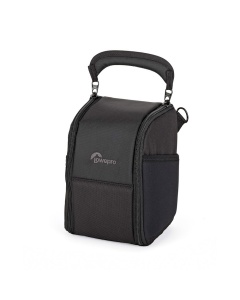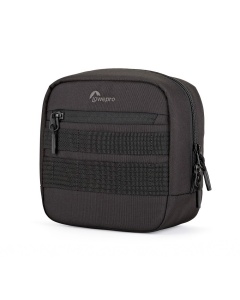Essential Wildlife Photography Kit
15.12.2023 | Reading time: 5 minutes
Author: Lowepro
Challenging Outdoor Environments: Essential Equipment For Wildlife Photography
Wildlife photography captures the drama and beauty of natural habitats. Yet capturing amazing images of animals in the wild is difficult. In this article, we break down what you need to know and the equipment you need out in the field. We also share some techniques from professionals in the industry.
What Makes The Best Wildlife Photography?
Wildlife photography requires a deep understanding of nature and animal behaviour. It also requires patience, skill, and a knack for capturing fleeting moments.
The most outstanding wildlife photography requires the following elements:
- Composition: This is the balance between the animals and their environment in images. Make sure the background doesn’t overpower the main subject and that every element is there for a reason
- Lighting: Mastering the capture of outdoor lighting is key for great photos. For example, photographers take some of the most memorable and dramatic shots just before sunset or after sunrise
- Subject engagement: Try to capture animals showcasing their natural behaviours. These bring an image to life and tell stories in a snapshot
- Background and depth: Using a shallow depth of field can make the subject of your photo pop and draw a viewer’s attention
- Eye contact: Make sure that the eyes of your wildlife subject are sharp and clear in your images. This connects to the viewer and draws them into the creature’s world


Best Wildlife Photography Camera
There are two main types of cameras most suited to shooting wildlife - DSLR cameras and mirrorless cameras. Both take high-quality images, though mirrorless options tend to be smaller and lighter. This makes them easier to carry to outdoor locations.
Whichever type you choose, you also need to think about the camera sensor. For wildlife photography, where lighting is often hard to predict, go for the largest sensor you can afford. This will give you great flexibility over your lighting control.
Best Wildlife Photography Equipment
When buying a camera, also make sure it has the following features:
- Autofocus system: The best wildlife cameras support multiple focus points. When you're tracking moving animals, this helps you achieve sharper pictures. If you want to take video, autofocus on mirrorless cameras tends to be better
- Weather sealing: This will stop any dust or moisture from getting into your camera
- Manual settings: This will give you complete control over shutter speed, aperture and ISO levels as the lighting changes
- Burst mode: This is useful when capturing a lot of action in a short space of time. It takes multiple shots in quick succession, giving you the best chance of taking a breathtaking photo. Check the frames-per-second rate and get the highest you can afford
- Storage capacity: Try to select a camera with the largest memory capacity possible. Make sure your camera can also write to SD cards for long assignments where uploading may be tricky
- Battery life: When in the field, you may have to wait long periods between shots. Try to purchase a camera with a long battery life
Making sure you have the right lenses is equally as important as choosing the best camera. To avoid disturbing wildlife, you need to take photos away from their habitats. Distance, zoom and telephoto lenses with extended focal lengths are ideal for this. As they enable you to capture detailed close-ups of animals from far away.


Best Wildlife Photography Accessories
Alongside the right camera and lens, some extra accessories can prove invaluable on your outdoor shoots.
Stabilisation
Tripods provide stability and reduce camera shake. They help capture sharper images, even with long telephoto lenses. Durable, lightweight models are great for taking on outdoor shoots.
Alternatively, monopods are a more portable and quicker-to-set-up version of tripods. They're ideal for shoots where you need to move around a lot and adjust your position frequently.
Protection
When outdoors, keep your camera body safe from rain and dust with a waterproof camera cover. You could also consider investing in a lens coat for extra protection and to camouflage your equipment. In particularly bad weather, a lens cleaning kit ensures your photos stay free of smudges and dust.
Power and storage
You don’t want to spend many hours out in the wilderness for your camera to die or not have enough storage at the vital moment. Take spare memory cards and backup power packs with you to keep yourself up and running.
Best Wildlife Photography Techniques
Having the right equipment is only half the story. Taking great wildlife photography requires technical skills backed up by patience and observation.
Techniques and approaches used by professional wildlife photography experts include:
- Know your subject: Research the animals you'll be photographing as much as you can. The more you know their habits and behaviours, the better chance you have of capturing rare and unique moments
- Experiment with shutter speed: If your subject moves fast, increase your shutter speed to get a clean shot when they're in motion. For a shot that emphasises movement, incorporate motion blur by using a slow shutter speed
- Depth of field: Make your subject stand out from their background by using a shallower depth of field. Or use a larger depth of field to put both the subject and their environment in really sharp focus.
- Golden Hours: These are the hours just after sunrise and before sunset. The softness, warmth and diffusion of the natural light during these times will lend added beauty to your images
- Use the rule of thirds: Divide your frame into nine equal segments with two vertical and two horizontal lines. Try to position your subject along or at the intersections of these lines to create a balanced composition
- Focus on the eyes: Keeping the eyes of your subjects in sharp focus will add a depth and emotion to your images
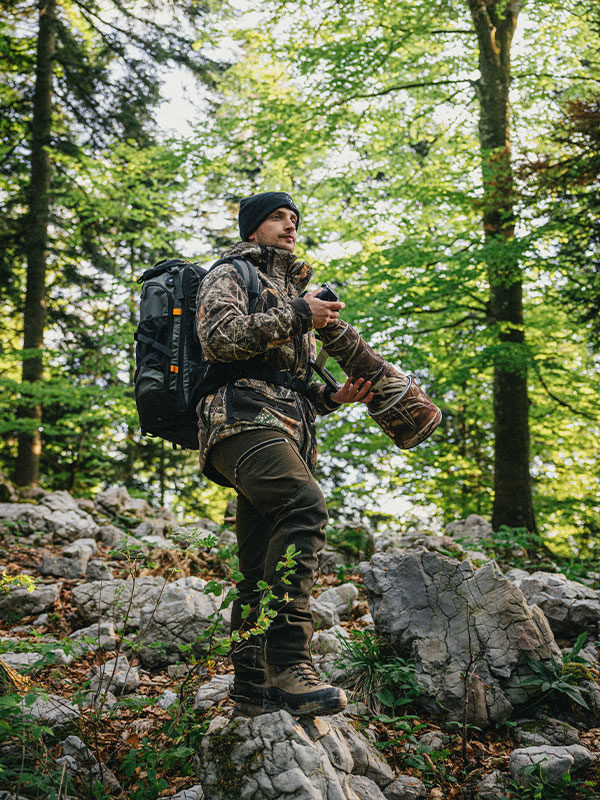

Best Wildlife Photography Backpack
To take your wildlife photography gear safely and easily to remote locations, you need a big, protective outdoor backpack. One that's durable in all weather and is easy to carry. Most of all, it needs to have enough compartments to make your equipment quickly accessible.
The is designed with those specifications in mind.
The large padded interior is big enough to hold everything. Four to six extra lenses, a 15” laptop, a 10” tablet, a smartphone and a pro tripod will all fit and be safe here. Making this the ideal backpack for multi-day assignments.
It's also made from rugged and waterproof materials, so you can happily take it into any environment. For added convenience, it has a back access camera compartment, waistband and removable pouches.
Plus, Lowepro's ActivLift™ ergonomic harness provides extra comfort when carrying heavy loads. You can also choose from medium or large shoulder straps, whichever is better for you.
Additional models you may wish to explore include the , and .
So, by choosing a sturdy, easy-to-carry wildlife camera bag, you can make sure you’re ready for your next big outdoor photographic adventure.
